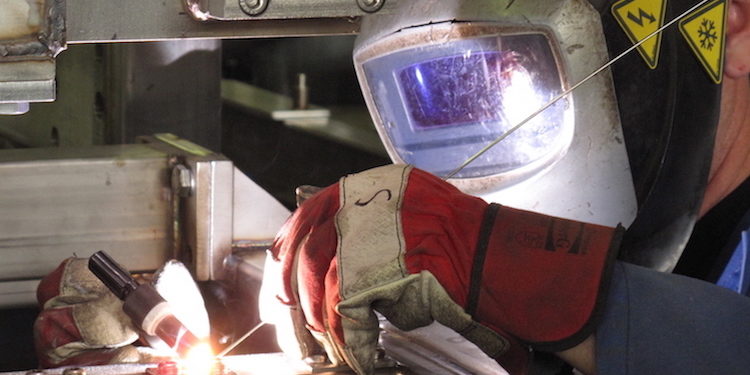How does a company like Optimar Stette compete, operating from one of the most expensive place in Europe to run a factory? The company produces some of the most sophisticated processing systems available anywhere, for both seagoing and shore-based uses.
‘Innovation is the only way to compete,’ said Geir Espen Otlo who handles sales of shore-based processing system. ‘We have high labour costs in Norway, so we have to be innovative to compete – and we are competing successfully on an international market with 60% of our production exported.’
He said that that with rising labour costs, shipping H&G fish to be processed in China is becoming less attractive, according to a report in Hook and Net.
‘There is more interest in filleting at sea. Filleting is becoming more attractive again as the possibilities are there for a wider range of products and greater flexibility in production.’
Geir Espen Otlo said that there are new ideas for the fishing vessel of the future, with work going into developing pumping whitefish from the trawl instead of the traditional way of emptying codends into a hopper.
‘With cod especially, 95% of the catch is still alive when caught, so we are looking at the development of water flow systems that allow cod to be transferred to survival bins and kept alive. They have to be kept alive for more than six hours – so processing needs to be happen either right away or after a six-hour storage period in tanks – which also calls for high capacity. As cod are bottom feeders, these tanks also have to be quite shallow.’
As part of the project with Norwegian trawler operator Nergård Havfiske that also include Nofica, Rolls-Royce and Norway’s development fund to examine the options for a newbuild filleter trawler capable of hydrolising production waste, Optimar Stette’s engineers are looking at the options for developing systems that can keep fish in volume alive for some hours.
This would require a system to dewater and stun, followed by robotised bleeding of the fish before they are processed. With the emphasis very firmly on 100% usage, such a system incorporates collection of blood, as this is an important raw material for hydrolising systems, separation of offal and heads, with heads routed to a grinder to reduce the bone and part of the development process examines how best to extract and handle fish bone. All this is then channelled to a mixing tank to be hydrolised, and then goes to holding tanks in the forward section of the vessel.
‘There are problems to overcome, such as connecting the pump hose to the codend in heavy weather. We’re looking at a vision system that will grade and sort the fish alive, plus we have to have control of the bleeding system. They have to be allowed to bleed for twenty minutes and we cannot have a system in which the last fish in can be the first one out,’ Geir Espen Otlo said.
‘But the main consideration is to maintain 100% quality all the time – as well as to utilise everything.’









